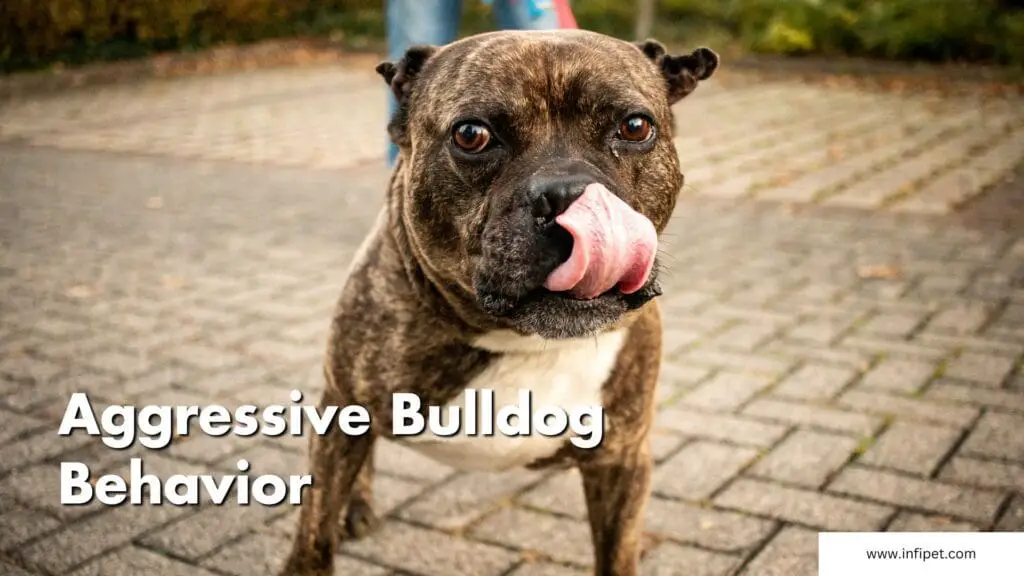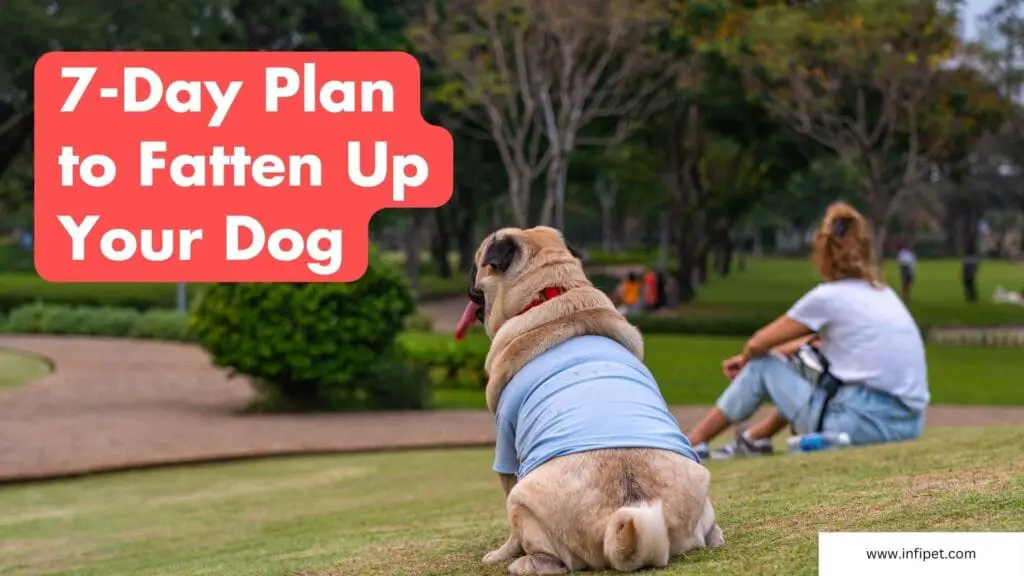Understanding and managing aggressive behavior in Bulldogs is crucial for ensuring a harmonious living environment for both the dog and its family. Bulldogs, known for their loving and loyal nature, can sometimes exhibit behaviors that are concerning or even dangerous. This article aims to explore the common triggers of aggression, how to manage excessive barking, and ways to address separation anxiety and stubbornness. By implementing effective strategies and seeking professional help when needed, you can help your Bulldog become a well-behaved and happy member of your household.
Table of contents
- Why Is My Bulldog Acting Like a Drama Queen?
- Barking Like There’s No Tomorrow
- Separation Anxiety: The Bulldog Blues
- Stubborn as a Bulldog: Addressing the Attitude
- The Bulldog Socialite: Preventing Aggression Through Socialization
- Managing the Bulldog’s Environment
- The Art of Positive Reinforcement
- Conclusion
- Frequently Asked Questions
- What are common triggers of aggression in Bulldogs?
- How can I manage my Bulldog’s excessive barking?
- What should I do if my Bulldog shows signs of separation anxiety?
- Why are Bulldogs often stubborn, and how can I train them effectively?
- How can early socialization prevent aggression in Bulldogs?
- What role does environment play in managing Bulldog behavior?
Why Is My Bulldog Acting Like a Drama Queen?
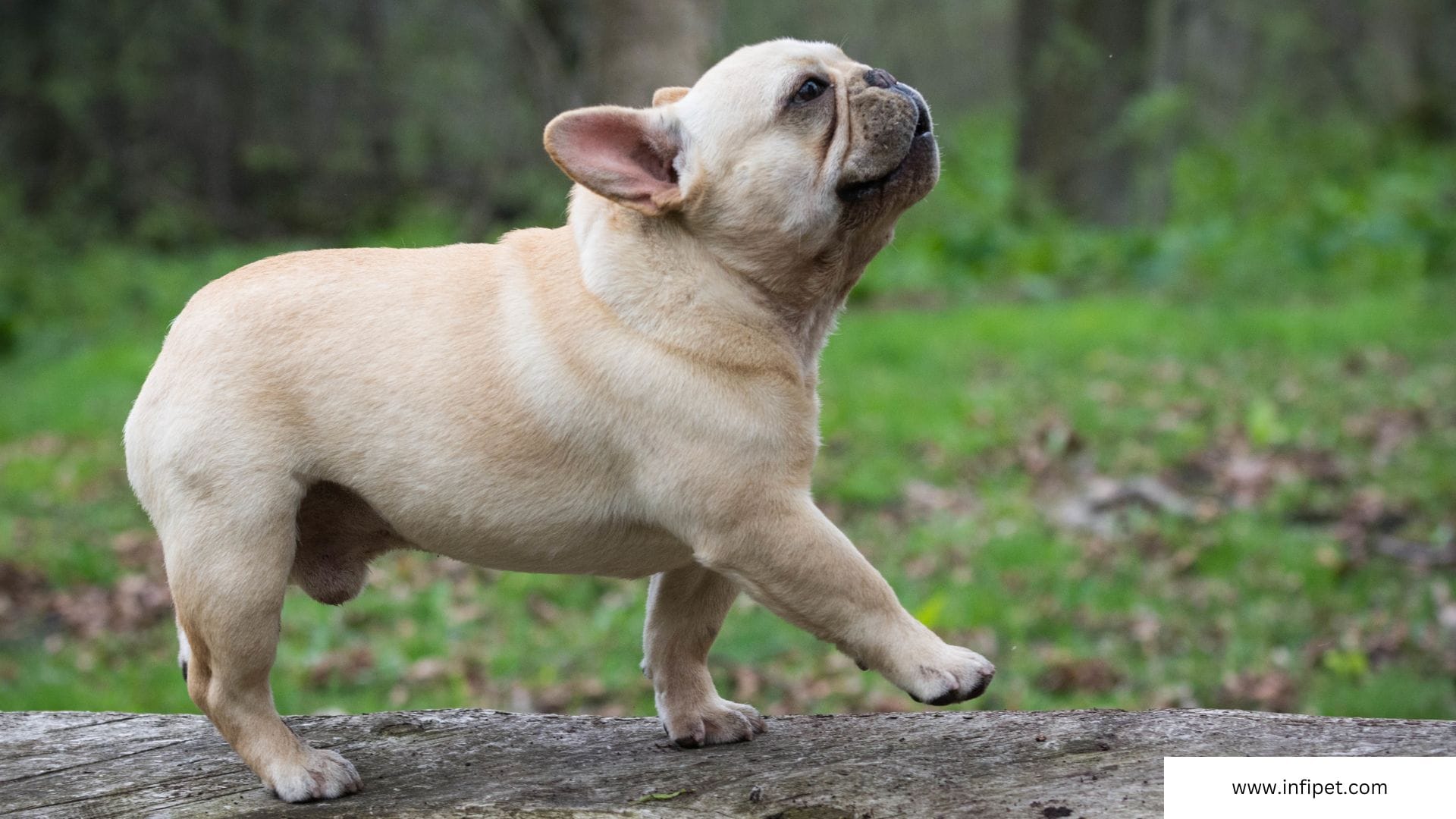
Bulldogs are known for their unique personalities, but sometimes they can take it to the next level, acting like true drama queens. Understanding the underlying causes of your Bulldog’s behavior issues is crucial for managing them effectively and ensuring a happy, healthy relationship with your furry friend. Often, behavioral problems arise from a combination of factors, including genetic predisposition, socialization, environmental changes, and health issues. By recognizing and addressing these triggers, you can proactively address problematic behaviors and improve your dog’s overall well-being.
Barking Like There’s No Tomorrow
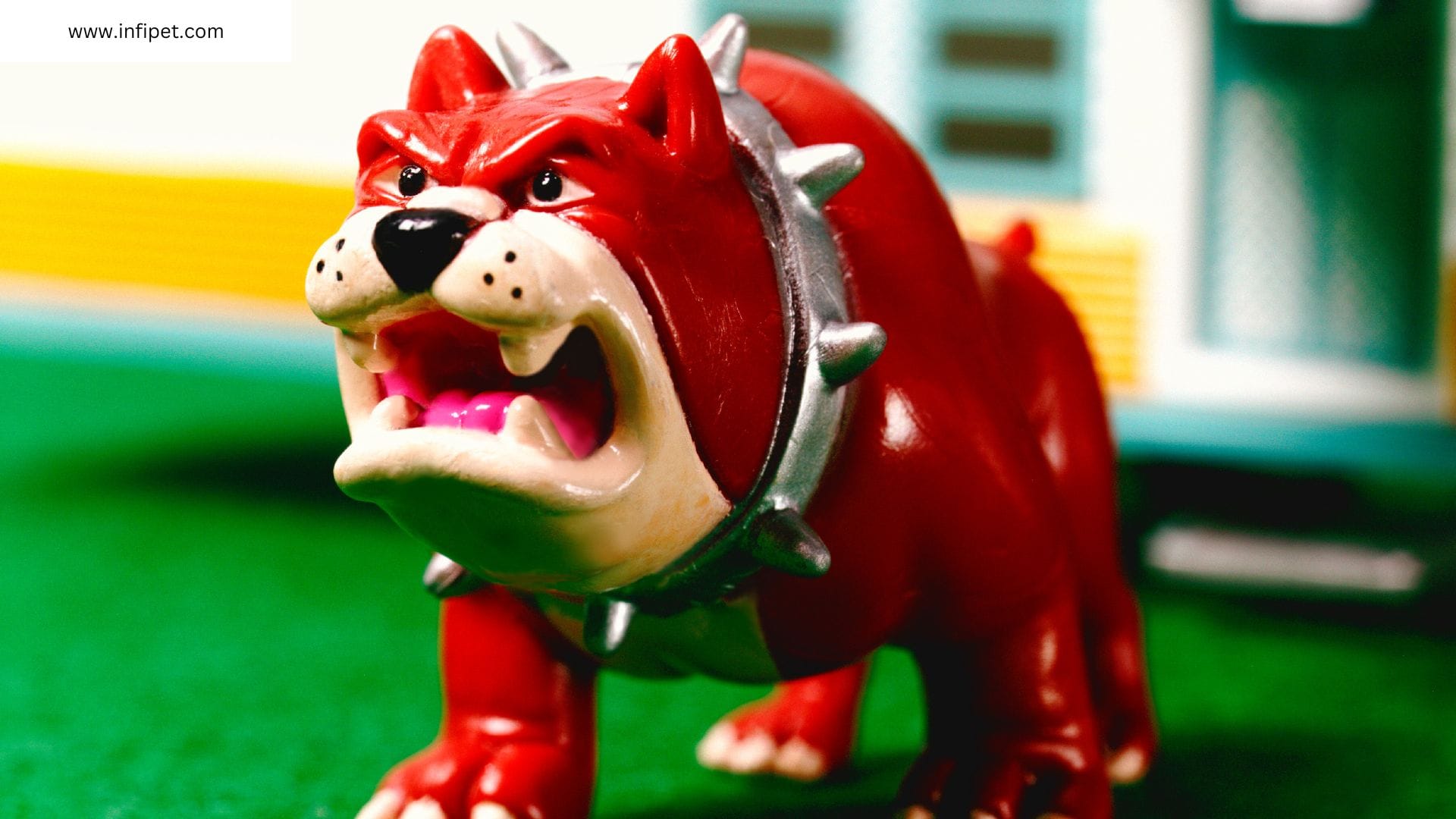
Bulldogs are known for their unique personalities, and sometimes that includes barking like there’s no tomorrow. Understanding why your bulldog barks excessively is the first step to managing this noisy behavior.
Separation Anxiety: The Bulldog Blues
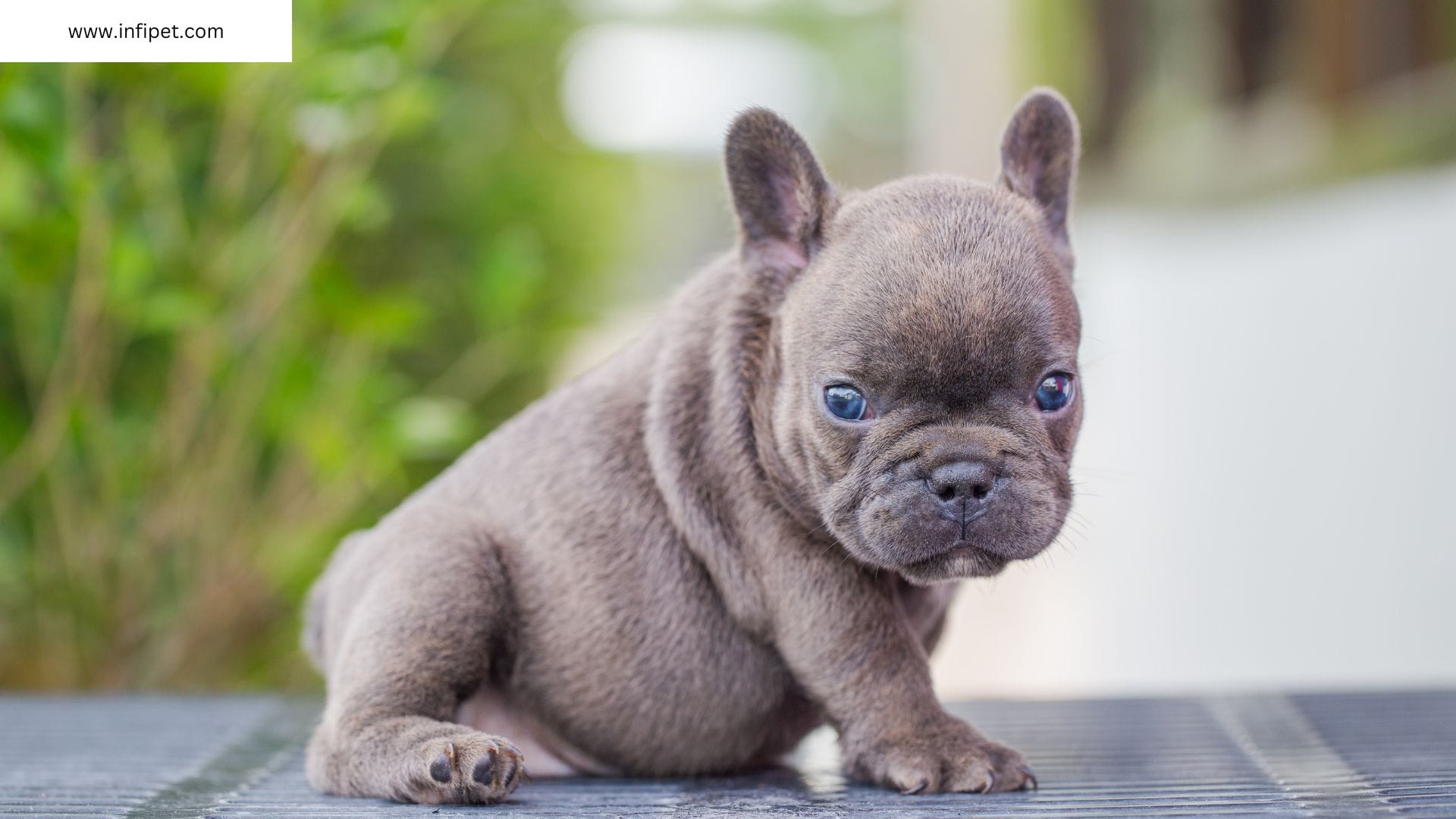
Separation anxiety is a common issue in Bulldogs, manifesting through distressing behaviors for both the dog and its owner. Understanding and addressing this condition is crucial for your Bulldog’s emotional well-being and the integrity of your home.
Stubborn as a Bulldog: Addressing the Attitude

Bulldogs are known for their independent nature, which can often be mistaken for stubbornness. This breed’s history as working dogs means they have a strong will and determination. Recognizing that this is a characteristic of the breed can help you adjust your expectations and strategies. It’s important to distinguish between stubborn behavior and potential hearing problems or cognitive issues, especially in older dogs.
Training a stubborn Bulldog requires a mix of patience, consistency, and positive reinforcement. Here are some tips to help you manage their stubborn streak:
- Positive Reinforcement: Use treats, praise, and play to encourage desired behaviors. Bulldogs respond well to rewards, and positive reinforcement can help motivate them during training sessions.
- Consistency is Crucial: Maintaining consistency in commands, rewards, and expectations helps your Bulldog understand and adhere to desired behaviors. Inconsistencies can confuse your dog and reinforce stubborn behaviors.
- Patience and Realistic Expectations: Successfully modifying your Bulldog’s behavior is a process that requires patience and realistic goals. Understanding that behavior change doesn’t happen overnight is crucial to maintaining a positive and productive training environment.
Guiding your Bulldog’s behavior with understanding and support can make a significant difference in their training success.
Believe it or not, your Bulldog’s stubbornness can be turned into a strength. Their determination and strong will can be channeled into positive activities and training. By using their natural traits to your advantage, you can help your Bulldog become a well-behaved and happy companion. Emphasize understanding, patience, and support for Bulldog behavior to achieve the best results.
The Bulldog Socialite: Preventing Aggression Through Socialization

Socializing your Bulldog is like teaching them to be the life of the party without flipping the snack table. Preventive socialization is key to ensuring your Bulldog grows up to be a well-mannered, confident pooch. This involves exposing them to various people, animals, and situations gradually and positively. Think of it as a series of mini-adventures that build their confidence and reduce fear-based responses.
Early Socialization Tips
Start socializing your Bulldog as early as possible. The younger they are, the more adaptable they will be. Here are some tips to get you started:
- Puppy Playdates: Arrange playdates with well-behaved dogs to help your Bulldog learn proper social cues.
- Varied Environments: Take your Bulldog to different places like parks, pet-friendly stores, and even outdoor cafes.
- Positive Reinforcement: Reward your Bulldog with treats and praise when they interact calmly and confidently.
Early socialization can prevent many behavioral issues down the line, making your Bulldog a joy to be around.
Controlled Socialization Techniques
Controlled socialization is about managing the environment to ensure positive experiences. Here’s how you can do it:
- Gradual Exposure: Introduce new experiences slowly to avoid overwhelming your Bulldog.
- Safe Spaces: Ensure your Bulldog has a safe space to retreat to if they feel stressed.
- Monitor Interactions: Keep an eye on your Bulldog’s interactions to intervene if things get too intense.
Building Confidence in Your Bulldog
Confidence is crucial for a well-socialized Bulldog. Here are some ways to build it:
- Training Classes: Enroll your Bulldog in training classes to teach them new skills and boost their confidence.
- Consistent Routines: Maintain a consistent routine to provide a sense of security.
- Encouragement: Always encourage and reward your Bulldog for brave behavior.
Remember, a confident Bulldog is less likely to exhibit aggressive behavior. So, get out there and start socializing your furry friend!
Managing the Bulldog’s Environment

Creating a harmonious living space for your bulldog is essential for minimizing aggressive behavior and ensuring a happy home. Here are some tips to help you manage your bulldog’s environment effectively.
The Art of Positive Reinforcement
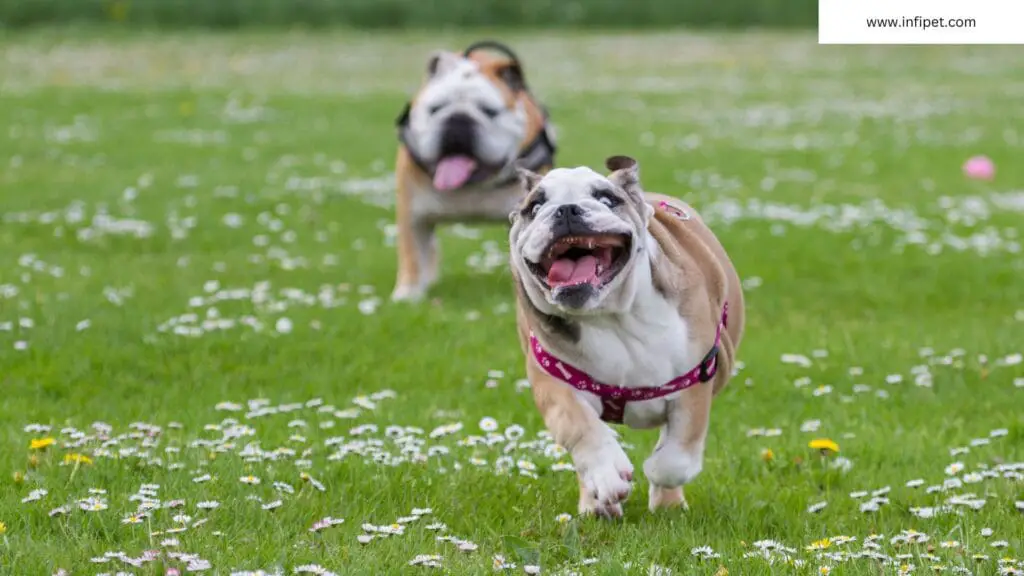
Positive reinforcement is a game-changer when it comes to training your bulldog. This method is not only humane but also incredibly effective in achieving long-lasting results. By rewarding good behavior, you can guide your bulldog to be the best version of itself. Let’s dive into the art of positive reinforcement and how you can master it.
Rewarding Good Behavior
Reward-based training is a highly effective method for teaching bulldogs. Dog treats can significantly enhance the training experience. Their appealing flavors make them irresistible rewards during training sessions. Using dog treats ensures your bulldog stays motivated and engaged while learning new commands or behaviors.
Consistency is Key
Consistency is crucial in positive reinforcement training. Respond the same way to behaviors you wish to encourage or discourage. If jumping is not allowed, ensure that everyone in the household understands not to reward or acknowledge this behavior at any time. Structured reward systems are essential. If you’re using treats, consistently dispense them. Always reward good behavior immediately to reinforce the connection between the action and the positive outcome.
Avoiding Common Pitfalls
Staying calm and assertive during training and daily interactions helps your bulldog feel secure and confident in your leadership. Avoid showing frustration or anger, as this can create anxiety and hinder training. Remember, patience and realistic expectations are key to guiding your bulldog’s behavior effectively.
Positive reinforcement is a game-changer when it comes to training your bulldog. This method is not only humane but also incredibly effective in achieving long-lasting results.
Conclusion
In conclusion, understanding and managing aggressive Bulldog behavior is no small feat, but with a bit of patience, a dash of humor, and a whole lot of love, it can be done! Remember, your Bulldog isn’t plotting world domination (probably), they’re just trying to communicate in the only way they know how. By identifying triggers, setting boundaries, and maybe even enlisting the help of a professional, you can turn your feisty furball into a well-behaved companion. So, take a deep breath, grab some treats, and get ready to show your Bulldog who’s boss (hint: it’s still them, but let’s keep that between us).
Frequently Asked Questions
What are common triggers of aggression in Bulldogs?
Common triggers of aggression in Bulldogs include fear, territorial behavior, pain, and lack of socialization. Identifying these triggers is crucial for effective intervention and management.
How can I manage my Bulldog’s excessive barking?
Managing excessive barking involves understanding the underlying reasons, such as boredom, anxiety, or attention-seeking. Implementing training techniques and providing mental stimulation can help reduce barking.
What should I do if my Bulldog shows signs of separation anxiety?
If your Bulldog shows signs of separation anxiety, such as destructive behavior or excessive barking when left alone, try to ease their anxiety by creating a comfortable space, using calming aids, and gradually increasing the time they spend alone. Professional help may be needed in severe cases.
Why are Bulldogs often stubborn, and how can I train them effectively?
Bulldogs are often stubborn due to their independent nature. Consistent training, positive reinforcement, and patience are key to effectively training a stubborn Bulldog. Turning their stubbornness into a strength involves using their determination positively.
How can early socialization prevent aggression in Bulldogs?
Early socialization helps Bulldogs become accustomed to different people, animals, and environments, reducing fear-based aggression. Controlled socialization techniques and positive experiences build confidence and prevent aggressive behavior.
What role does environment play in managing Bulldog behavior?
The environment plays a crucial role in managing Bulldog behavior. Setting up a safe space, using tools like baby gates and crates, and creating a consistent routine can help manage and reduce undesirable behaviors.

